Experiences with Strava
Last post, I asked whether I was addicted to hiking. One thing that made me reconsider my hiking was actually measuring it, and watching how the act of measuring it changed me.
In March, we had a friendly competition with our UK colleagues on Strava. The main goal was to encourage people to get out of the house and moving, particularly I think our UK colleagues who were coming out of winter and still under lockdown. Personally, I felt that I was already doing enough walking, so I really signed up to show that I didn’t have to go out of my way to log a respectable number of kilometres.
Setting a target
I wanted to have a sensible target to aim for, so I started with 200 km for the month (50 km a week, with a few spare days at the end of March to catch up if needed).
This wasn’t an arbitrary number, but based on what I believed I’d been doing during “normal” times. When commuting by train, I reckoned on having 1 km to/from the station either side. That meant a minimum of 20 km a week. With walks at lunch time and sometimes after work 30 km on the weekdays (6 km / day) seemed a reasonable baseline. Similarly, 20 km on a weekend seemed reasonable: For me 8 - 10 km walks are fairly common on weekends, while I’d probably do a 20 km walk at least once a month.
I’d been trying to maintain that level of exercise while working from home. This challenge could also confirm I was actually achieving it.
However, I pretty much knew that target would end up too small: I was planning on walking the Great Ocean Walk the second week of March, and I knew I’d log at least 100 km then. That made passing 200 km for the month almost certain. So, when I did pass 200 km I changed my target to 268 km (the same 50 km / week, with a 50 km bonus for the Great Ocean Walk and 18 km for the three extra weekdays in March).
It turned out to be a fair estimate, I think: I met the target on the 29th March, and ended up with 279.1 km for the month (narrowly missing third place among walkers/runners in the competition - not that I was trying for it).
The longest day wasn’t even on the Great Ocean Walk: One Saturday I did a 30 km walk near Healesville with more than a kilometre of elevation change. I’m sure some of my colleagues thought I was specifically doing walks like that for the company challenge, but I really wasn’t. That particular walk was a circuit walk I’d done several years before and never returned to, so I’d had it on my list to return to in summer. Since I hadn’t made it in summer and saw a warm and dry March Saturday come up, it was the perfect opportunity - and perhaps the last before at least October.
Yes, Strava made a difference - I added a couple of extra sections after dark to make sure I crossed the 30 km mark. However, without the competition I would still have done that walk, would still have enjoyed it, and would probably have ended up doing 28 km rather than 30 km.
Similarly, Easter Sunday was after the challenge finished, and that day I did an almost 20 km walk I’d been wanting to return to. The weather was good, and I was glad I did it - even if it didn’t contribute to my competition stats.
The problem with Strava
It was interesting using Strava for a month. It did allow me to analyse the distances I travelled, the elevation change, and the pace I achieved. It made me determine a reasonable target for March and then achieve it.
However, for me the real danger was that my daily targets slowly became minimums rather than averages. How far I walk on a particular day can depend on many things: the weather, what else I have on, or even just which destinations tugged at me that day.
The targets were meant to be a sensible average. If I walk 10 km one weekday, it should be completely OK if I only end up walking 2 km the next. If I walk 20 km Saturday I shouldn’t feel pressured into walking 10 km Sunday. And if I walk 60 km one week the next week doesn’t have to be 50 km.
But the mere act of recording those distances did make me start to feel that pressure. My first week I only got 35 km - what was I doing wrong?
In fact, neither of the walks that inspired my last two posts met the target. One was a beautiful lunch-time walk, but it was only 4 km rather than the 6 km I was nominally aiming for that day. The other was a weekend walk where I didn’t even reach 5 km. But both of them were worth doing.
I already know that for me the lure to walk further and climb higher and discover more can rise to the level of an addiction. And I didn’t particularly mind Strava feeding that addiction. What I didn’t like was that it was making me doubt myself, and constantly asking me “Are you sure you’ve done enough?” when I already knew I was doing enough.
Basically, it was an interesting experiment, but I haven’t been sorry to be free of it the last few weeks. Yes, there were a couple of times when I had activities I specifically wanted to measure and used Strava. Other times, though, I’ve definitely thought “I wonder how far I’ve gone today?”, but the important thing is that I was doing what I wanted to do and was enjoying myself.
The last couple of weekends I’ve been admiring autumn leaves and playing disc golf. There has been rain and cloud and sunshine, unexpected encounters and pleasant experiences. But no stats.
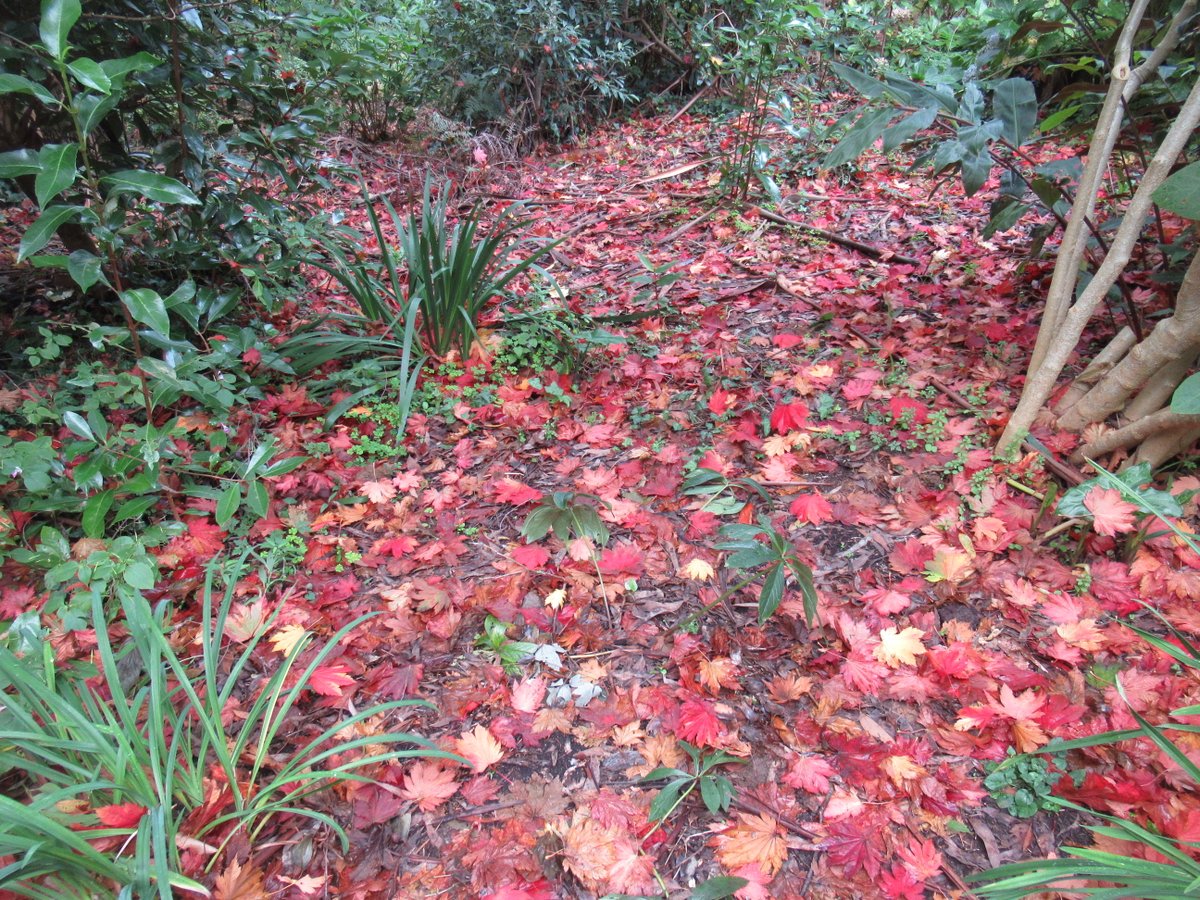
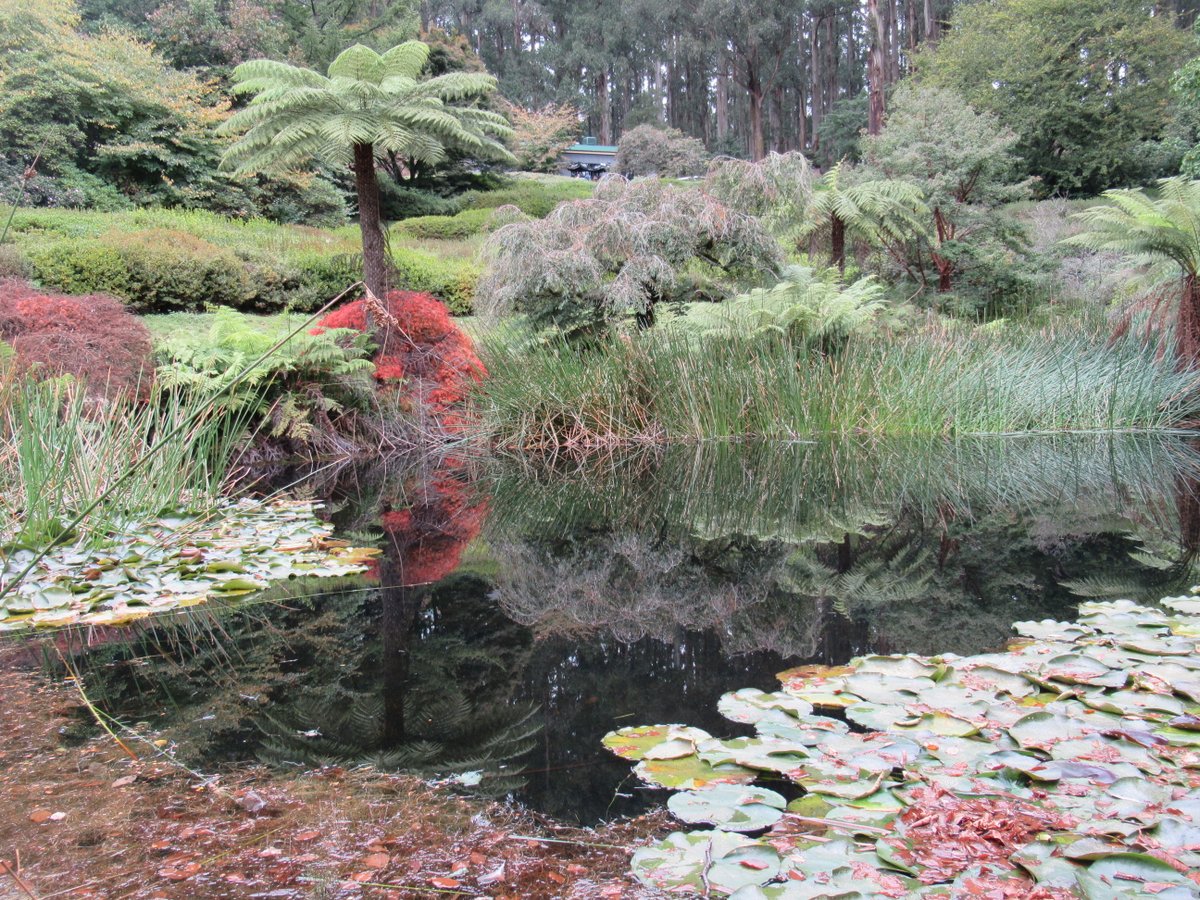
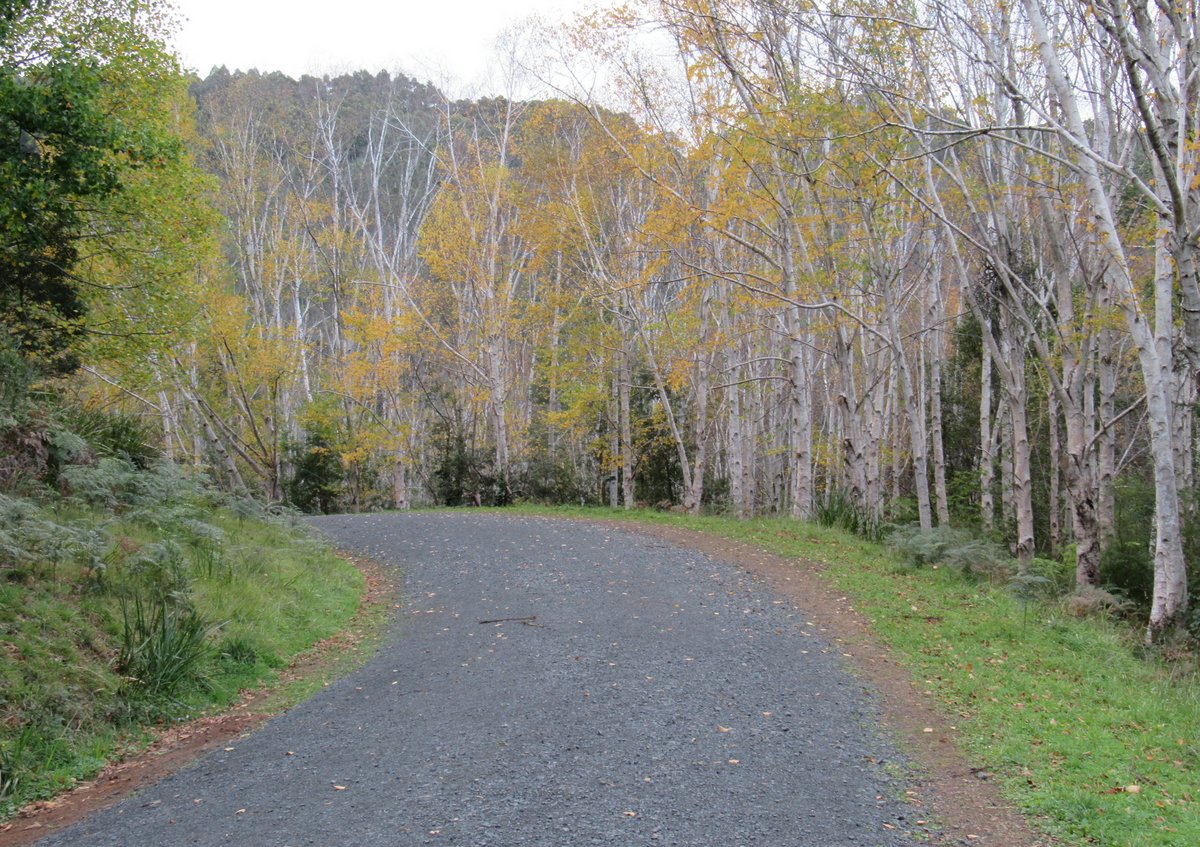
It’s not just about the stats
One final influence Strava had was on my speed. Sometimes it encouraged me to speed up so as to make the next kilometre faster than the previous one (that came in handy on the 30 km walk, which I hadn’t started till after mid-day and wanted to get as far as possible before dark).
But there is a reason why I’m usually a fairly slow walker. I may be thinking, I may be admiring the view, or I may be taking 50 photos of the same bird or animal or sunset. I want to be able to stop and take photos or experience the moment without wondering how badly it will affect my speed.
Take for example that 30 km walk. At one point I was climbing the steepest section, and I heard this incredibly loud screeching coming my way from uphill. I didn’t know what it was, but guessed it had to be some bird or other. Sure enough, soon a couple of lyrebirds dashed past me, and the bird being chased continued downhill while the chaser flew into a nearby tree. Strava or no Strava, you bet I stopped to grab photos:
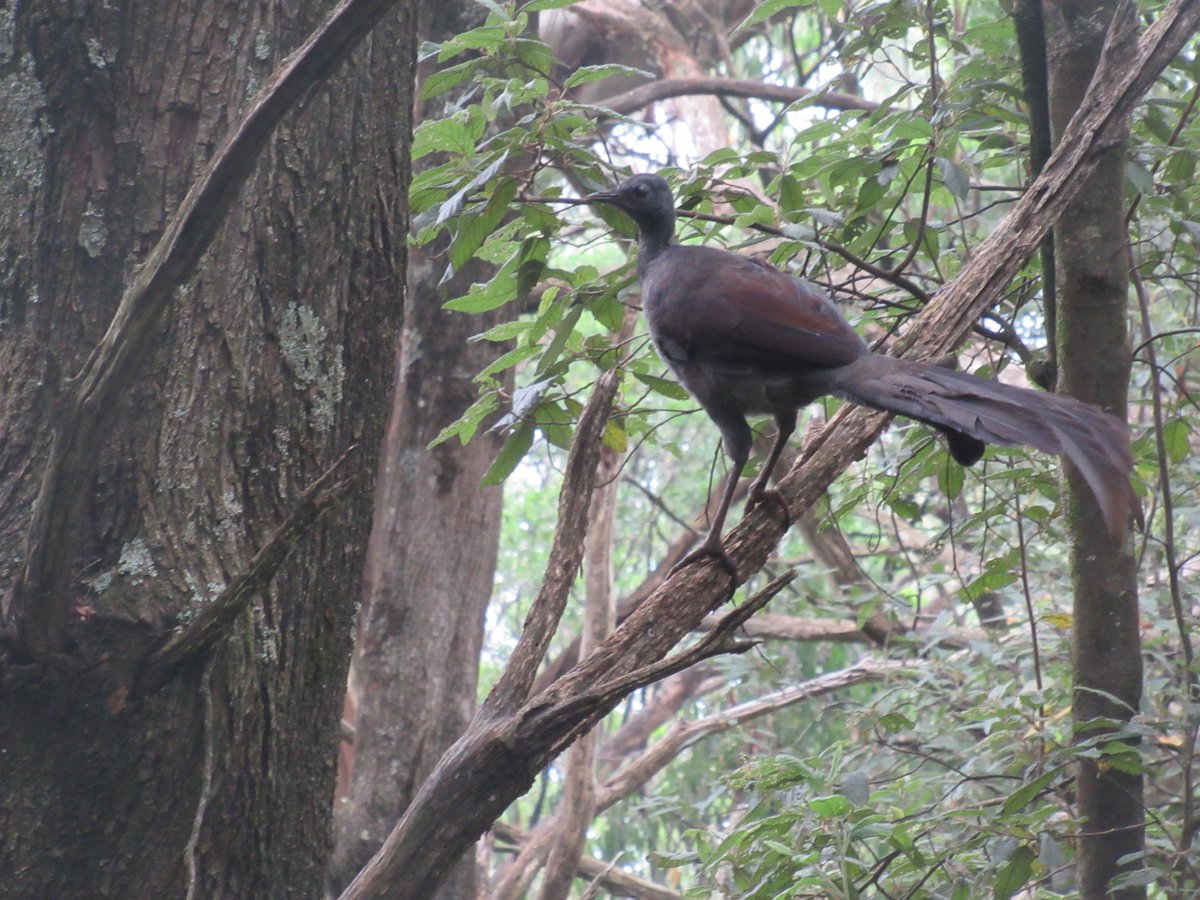
Strava wasn’t going to record those birds. If I wanted it done, I had to do it. And it’s those kind of encounters that get me to continue hiking.
Later on in the same walk I saw several collections of bee-hives with their own complementary security cameras. And it wasn’t just seeing them: I could see them from far away, but I only really knew what they were when I was close enough to hear the bees buzzing and smell the honey. Those sensory experiences are completely meaningless to Strava, but I value them.
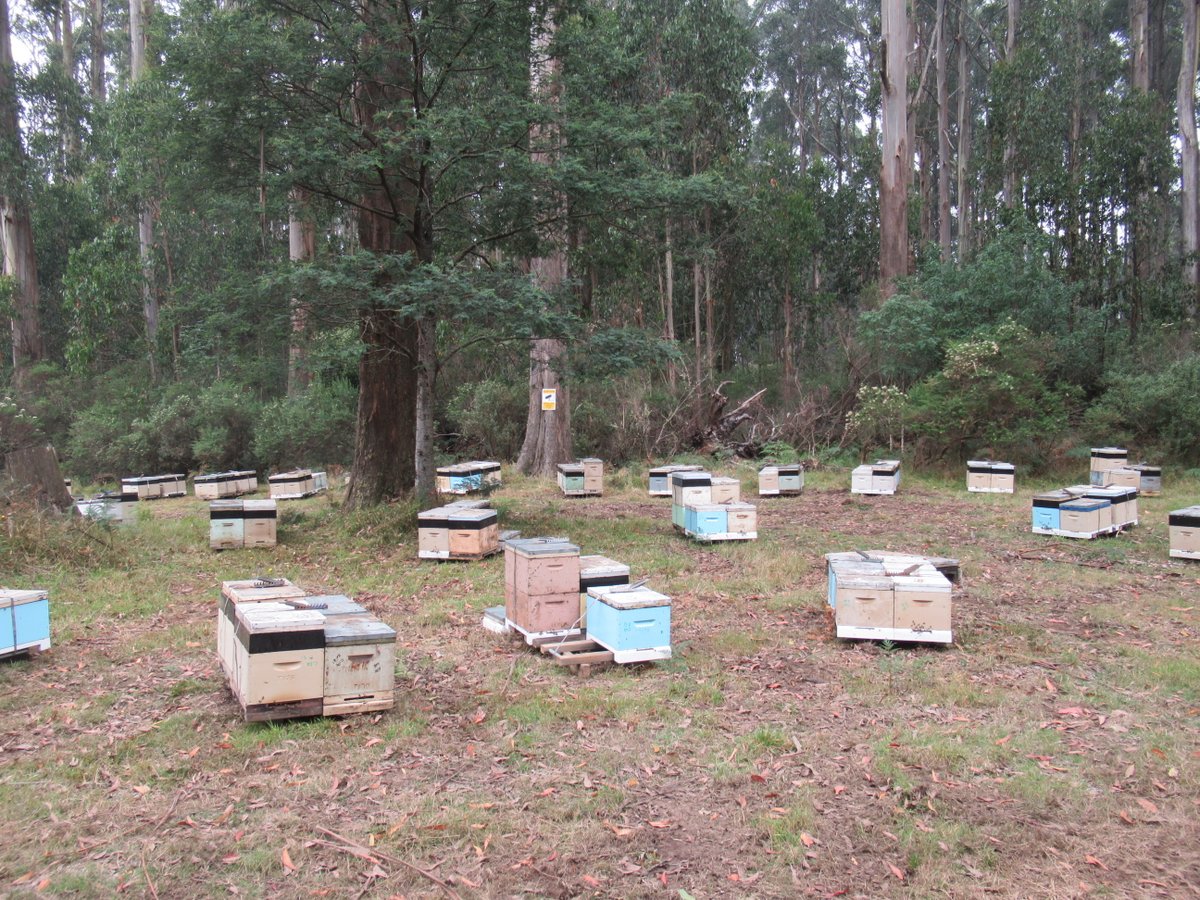
The sunset was nice too:

Other walks in March brought other experiences, both expected and unexpected.
I saw street art of one of the cutest creatures in the galaxy:
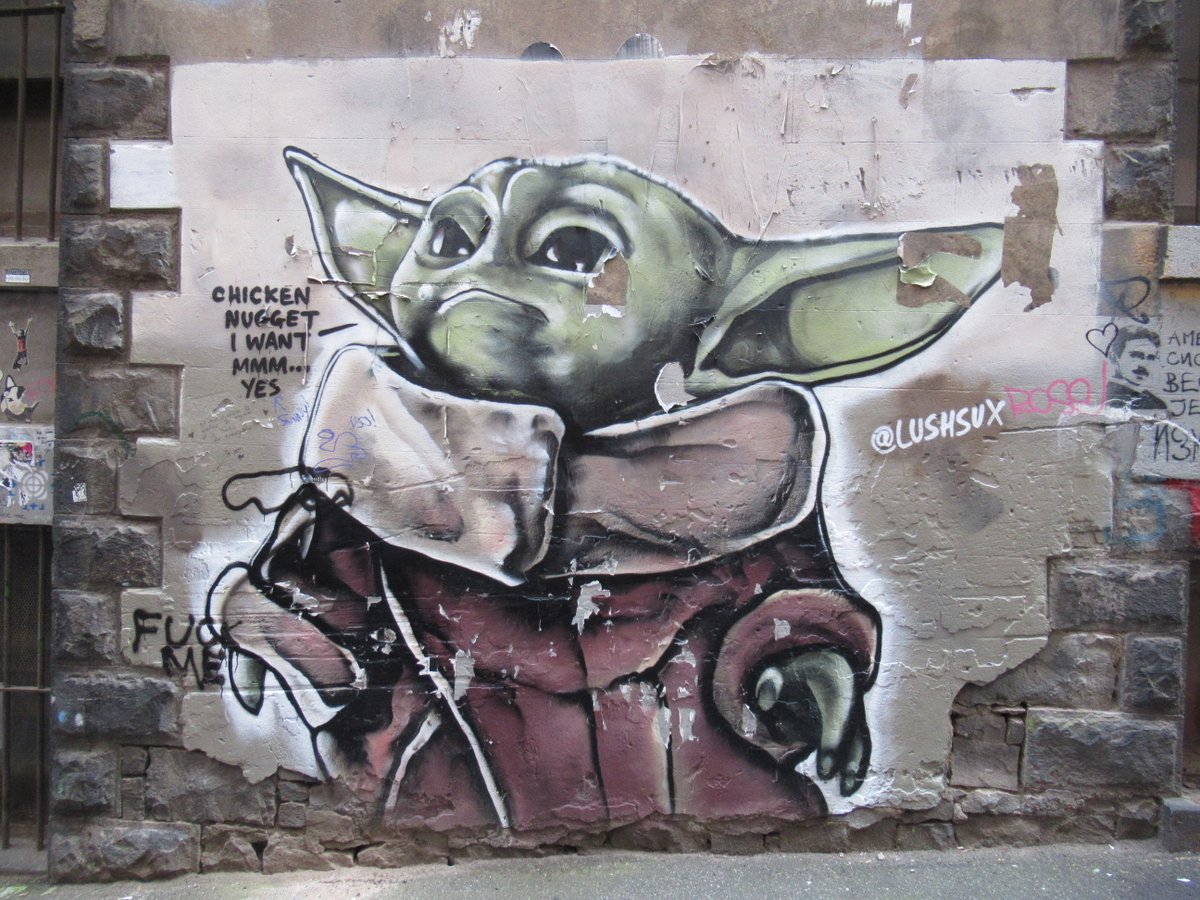
Watched as a large collection of classic cars passed me after sunset on a usually lightly trafficked road:
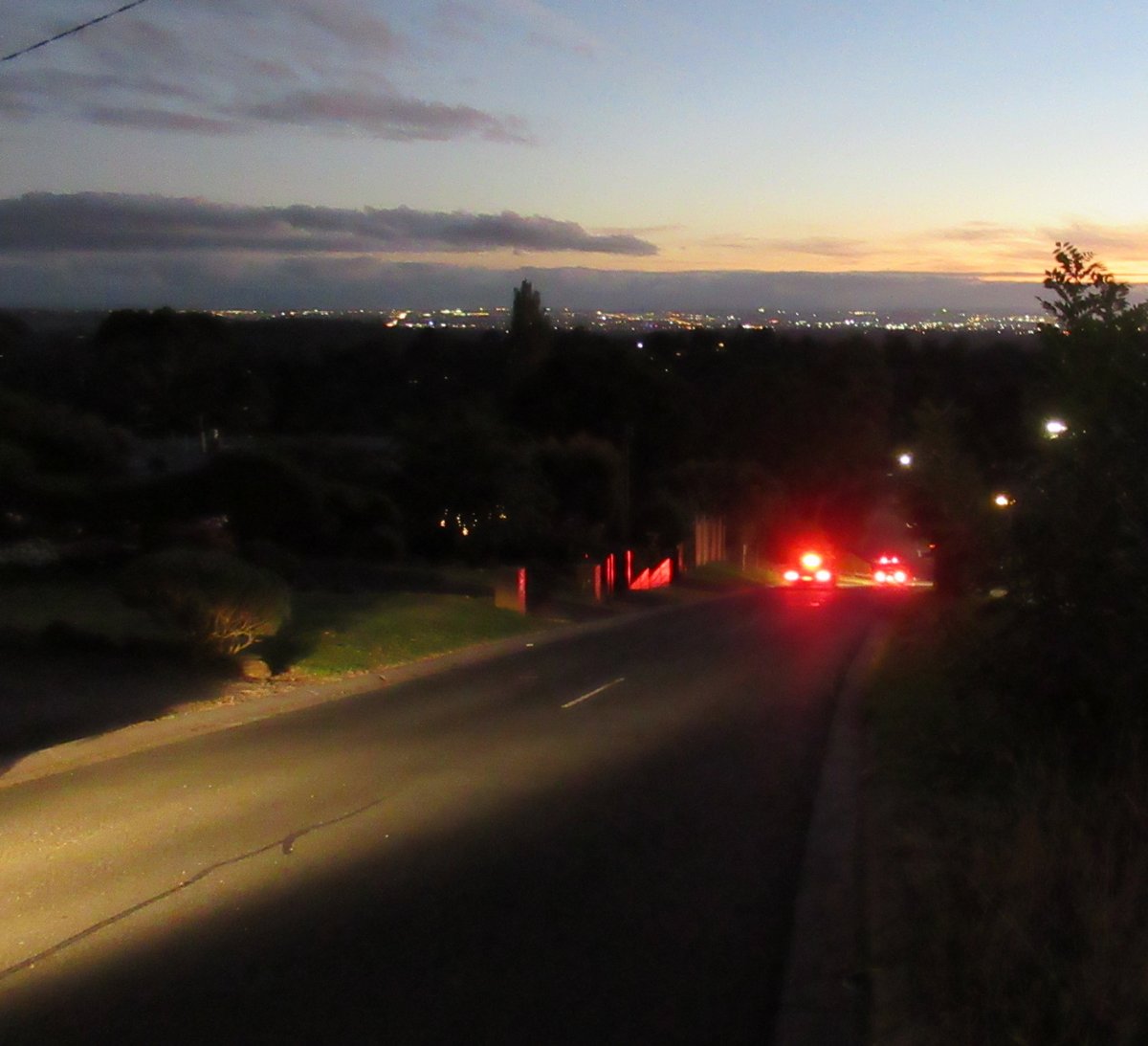
Saw the full moon lit up at sunset:
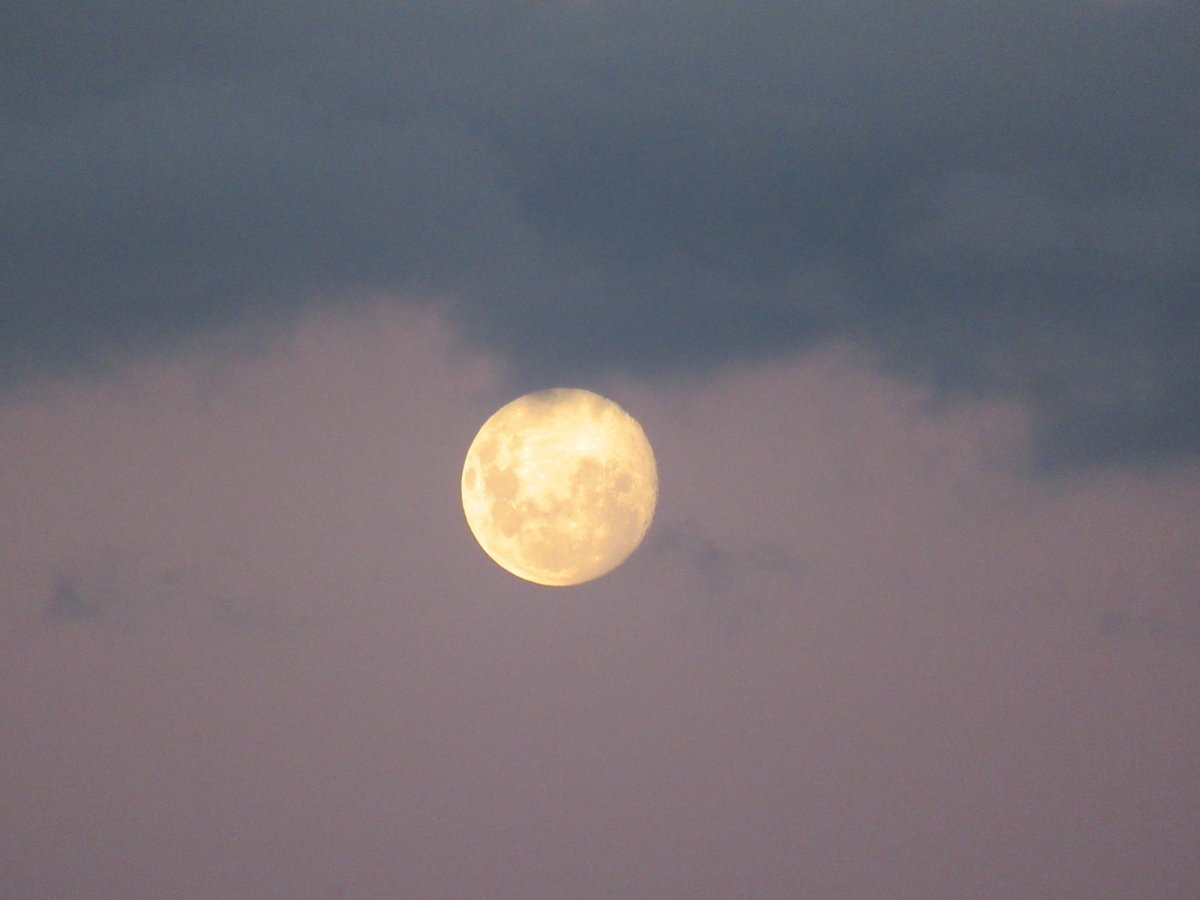
Then playing peek-a-boo in the evening:
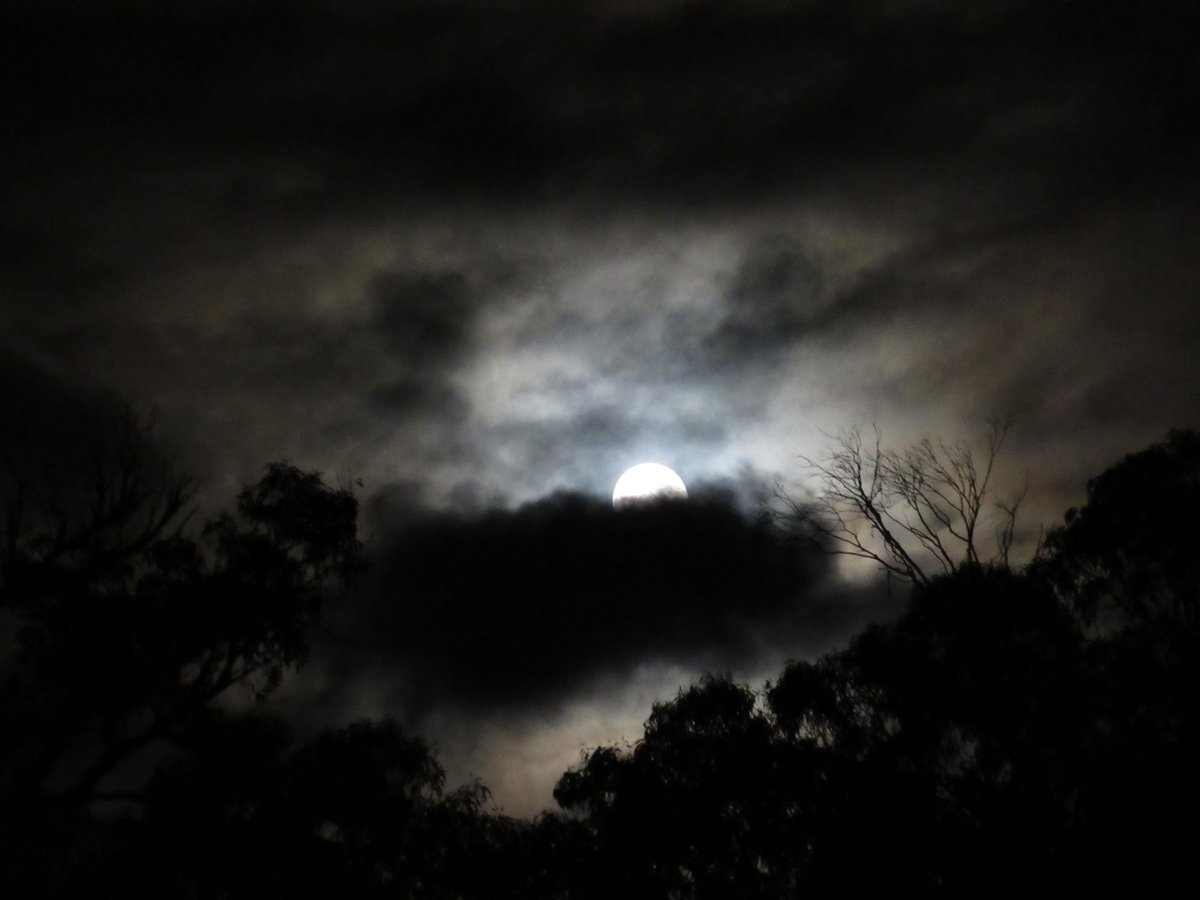
Walked one wet evening into the clouds and the mist:
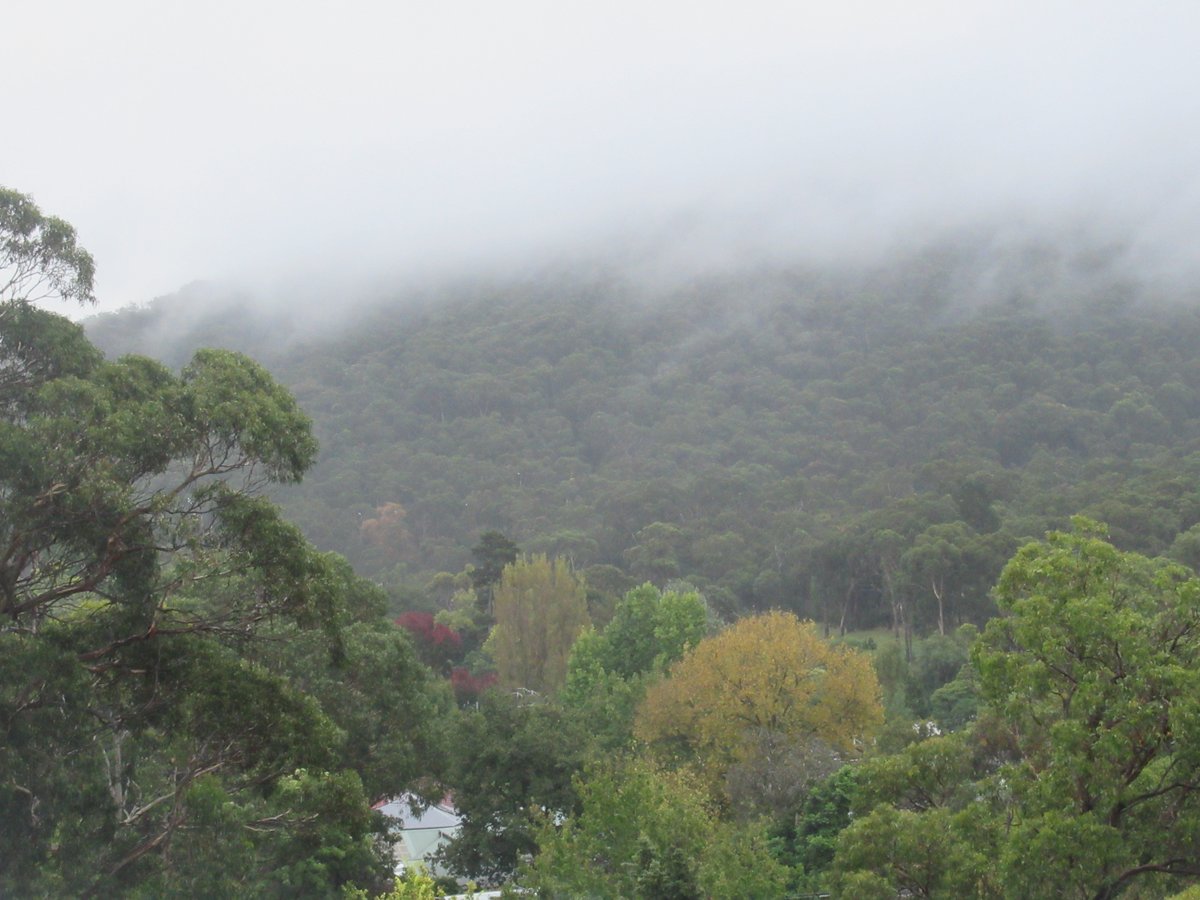
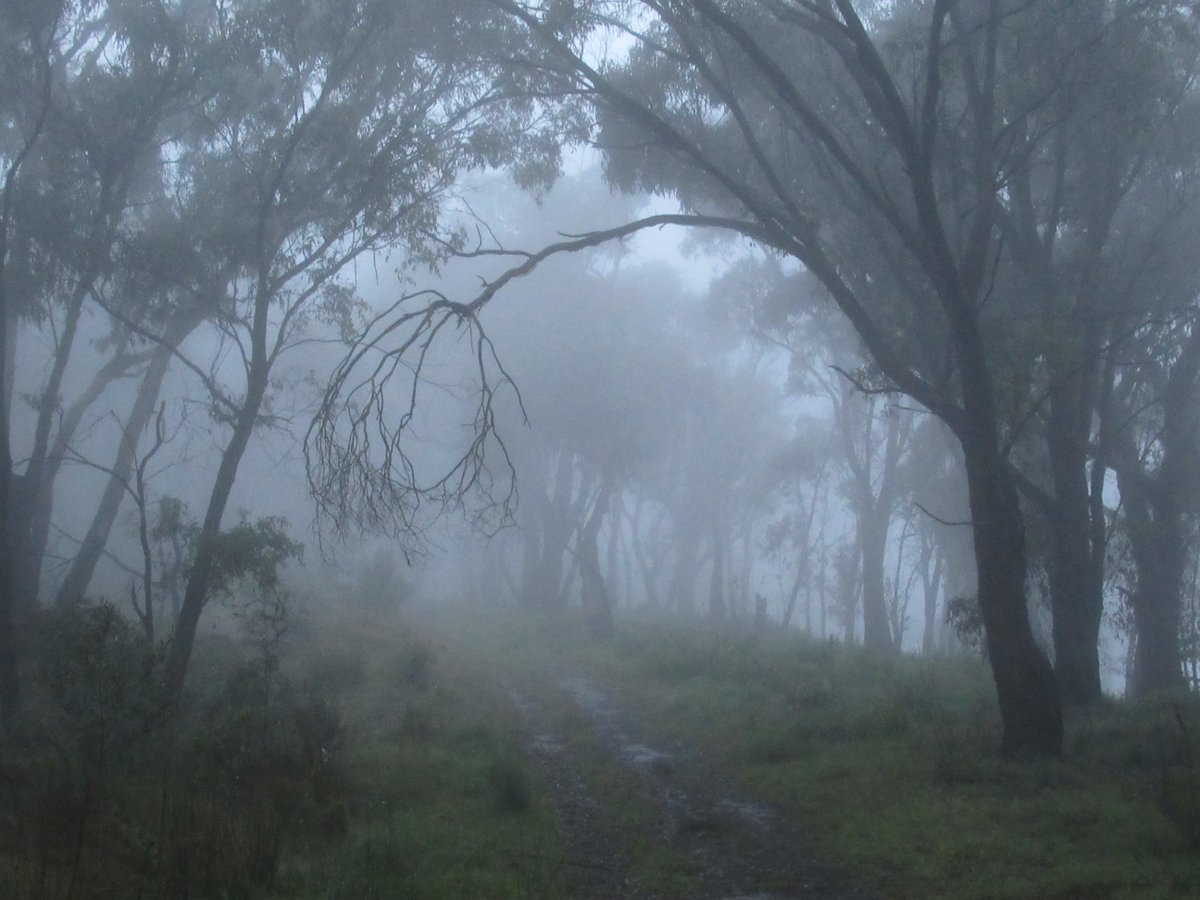
During the month there were other clouds. Other sunsets. Other opportunities to experience beauty and to feel alive.
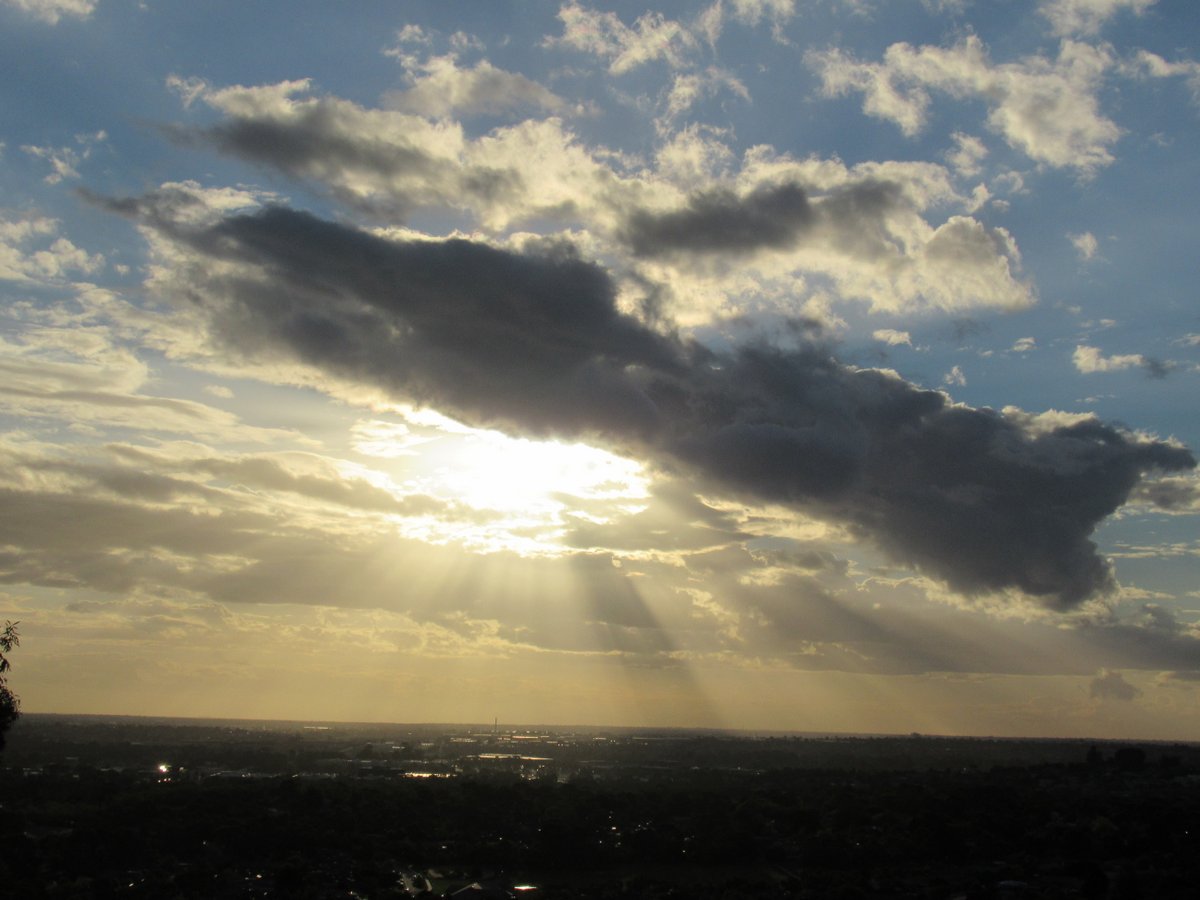
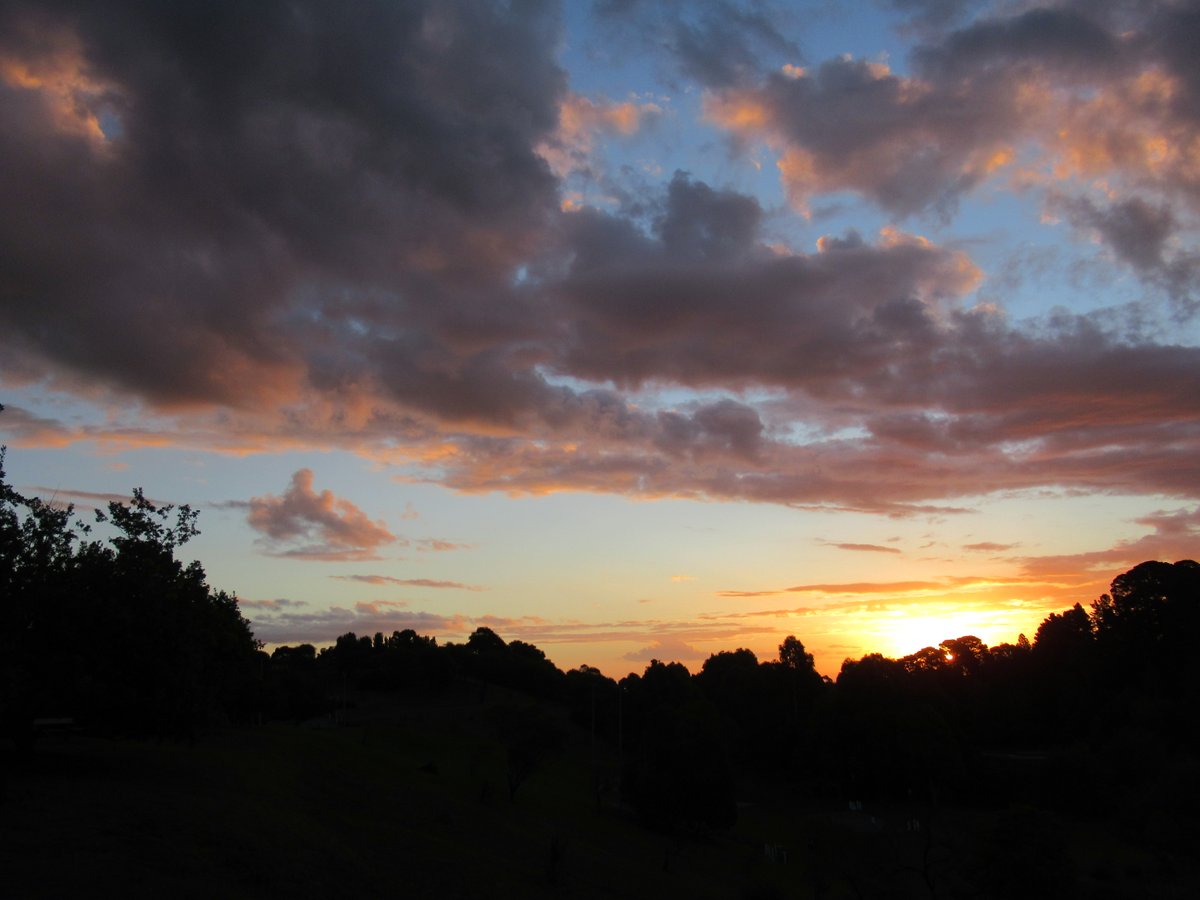
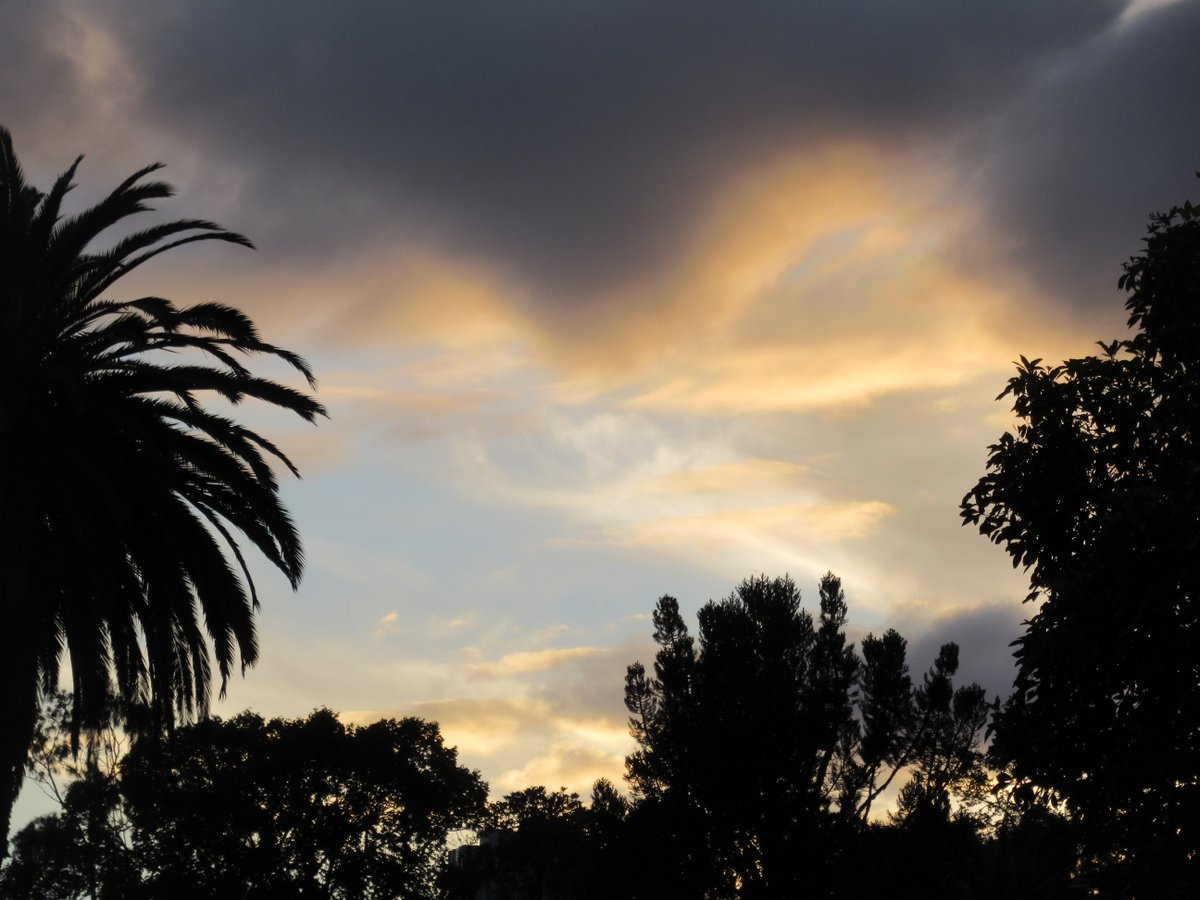
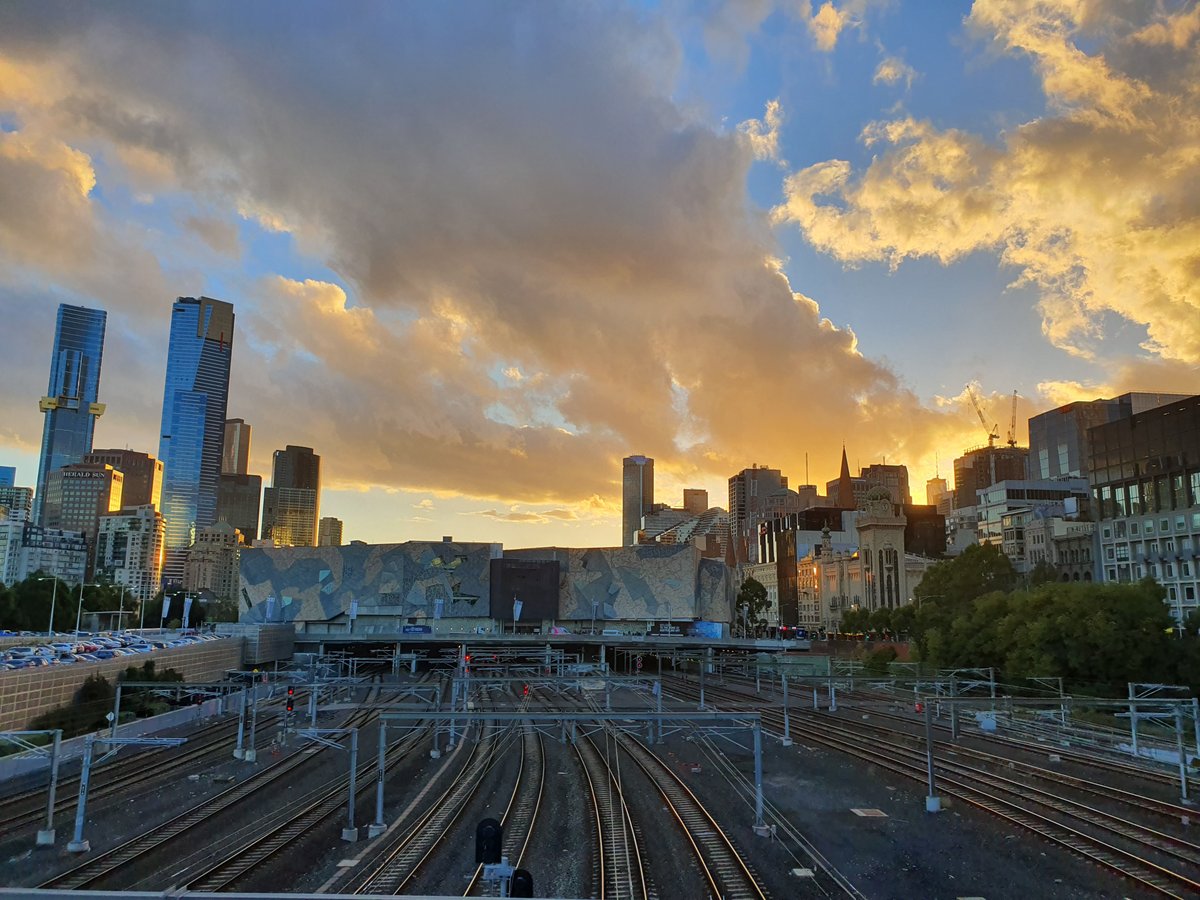
Not all of the experiences were captured in photos, either. For example, there were times when I was eating an ice cream while walking on a warm day (proof, if any more was needed, that I’m doing this because I’ve made it part of my life, not with a specific goal like “lose weight”).
None of those experiences put me on the leaderboard. None of them increased my kilometre count. But they made the walks worth doing, and, what’s more, they made them memorable.
Who is Strava really for?
Strava can measure your personal bests for various distances or against one particular segment of a ride or run. Basically, it gathers the stats that allow people to analyse their performance and find places to improve.
But it’s not just about reaching personal goals. It’s a kind of social network for serious exercise, which allows people to compare their times or compete against each other. There were a bunch of bike riders on my train this morning, and I heard them talking about using Strava.
Right now, that’s not for me. This month, I’ve been glad to be able to just walk without worrying how it contributes to my stats. I already push myself to climb that extra hill or see that extra view or take that extra detour, just because they’re there. I don’t need a tracking app to encourage me to do those things.
I would probably would benefit from an exercise regime that was more focused or more varied. Some of my colleagues were already on Strava before the competition, and they were doing way more exercise than I am. Strava might come in helpful there, particularly if I were trying to improve my speed or my endurance. And maybe one day I will, but right now it’s just not a priority for me.
Conclusion
I walk because it enjoy it and because I feel the continual urge to see more and do more, not because it will put me higher on some leaderboard or make me super-fit.
Maybe that’s a false dichotomy. Maybe I could gather all kinds of interesting stats and continue to walk for the joy of walking. For now, though, it was an interesting experience using Strava to record all my walks in March, but I’m happy to go back to not using it.